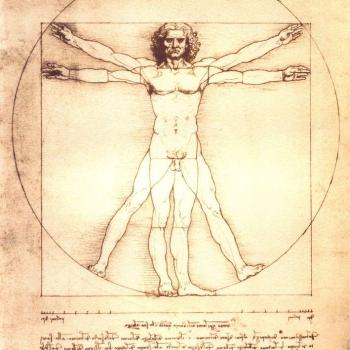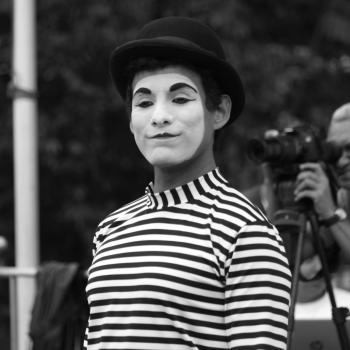The Random, the Constructed and the Self-Transformative
Sanskrit, the original language of yogic transformation, excels at finding precise words for the subtle nuances of consciousness, much as the language of the Inuit excels at finding words for different varieties of snow. To understand the yogic wisdom on the imagination, it helps to look at four Sanskrit words that distinguish between types of imaginative experience. Taken together, these ancient terms can be used as a map that shows how the imaginative faculty works, and how we can engage it, train it, and receive its gifts.
The four Sanskrit words for imagination are Vikalpa (random images and fantasies); Kalpana (intentional mental creations); Pratibha (spontaneous visionary insight); and Bhavana (yogic contemplation and visioning).
Random Fantasy
Vikalpa, which is basic mental fantasy, accounts for most of your imaginative experience. Vikalpas are the fanciful images, thoughts, and mental static that play randomly through the mind. The sexual fantasy that shows up at the wrong time. The fears of possible burglars in the closet. The things you imagine your friends are saying behind your back. In fact, most of the contents of your mind fall into this category. Yogic texts warn against falling for the stories produced by your vikalpas, and they all have the same advice: let them go. Classical yoga practice aims to dissolve these vikalpas—whether we do it by meditative focus or by a practice like recognizing them as essentially empty.
Deliberate or Constructive Imagination
With kalpana, the second type of imagination, we enter the realm of deliberate creation. A kalpana, because it's intentional, has far more purpose and power than an idle or uncontrolled vikalpa. Our kalpanas are the foundation of human art and science—as well as of mythology, religious constructs, and political and military strategies, and the fictions that sometimes seem to drive our culture. Since kalpanas tend to take on a life of their own (anyone who writes fiction knows that moment when the characters start speaking for themselves), we often find ourselves having to untangle the threads of what seemed at first like an innocent mental creation. Thus the old saying, "Be careful what you wish for" could be re-phrased as "Be careful what you imagine!"
The tantric traditions are especially skilled at this type of constructed imagination. They use visualization for opening inner centers ("Imagine a full moon in the center of your head"), for removing psychological impurities ("Visualize anger leaving your body as a stream of black smoke"), for creating intimacy with higher energies ("Find yourself on an island where the trees have jeweled leaves. Sitting on a throne under a tree, you see a wise and beautiful guide.") Nowadays, of course, we have lots of exposure to the idea of using the active imagination. We take guided journeys to inner worlds, do life-visioning processes like Julie's, visualize light filling our bodies to strengthen our immune system. Studies increasingly confirm that these imaginative constructions are good for our health and even for developing skills: young basketball players are instructed to practice their jump shots in their mind, and it turns out that this imaginary practice improves performance on the court. Similarly, studies have shown that piano students who imagined themselves playing scales improved their playing as if they had been doing physical practice.
The psychologist Carl Jung taught a method of kalpana that he called Active Imagination, meant to integrate the conscious and unconscious elements in the human personality. His patients would construct fantasies of mythical journeys, or conversations between different inner characters. Then, they would consciously take part in the fantasies, and by making them active and conscious, evolve the hidden aspects of themselves to a higher level.
Visionary Imagination: A Gift from the Infinite
At the third level, imagination frees itself from the personal mind, and begins to open up to the higher realms. We are receiving downloads from a higher, more numinous level of the self. In Sanskrit, this level of imagination is called pratibha, literally inspiration or insight, the inspiration that arises or flashes forth from beyond the conscious mind.
Pratibha is the true creative imagination. This is the imagination Keats experienced. Einstein, the great chemist Kekule, and the mathematician Poincaré all received major insights in this manner. Mozart would famously hear music playing within himself, and simply take dictation. We've all had such moments. The sentences of your term paper or grant proposal begin to flow on their own. You're struggling to understand some difficult
problem, when suddenly a telling image flashes into your mind, or you simply, inexplicably, know. A brilliant light shows up in your meditation. Your perspective enlarges, until you're able, in the poet William Blake's words, to "see the world in a grain of sand."





